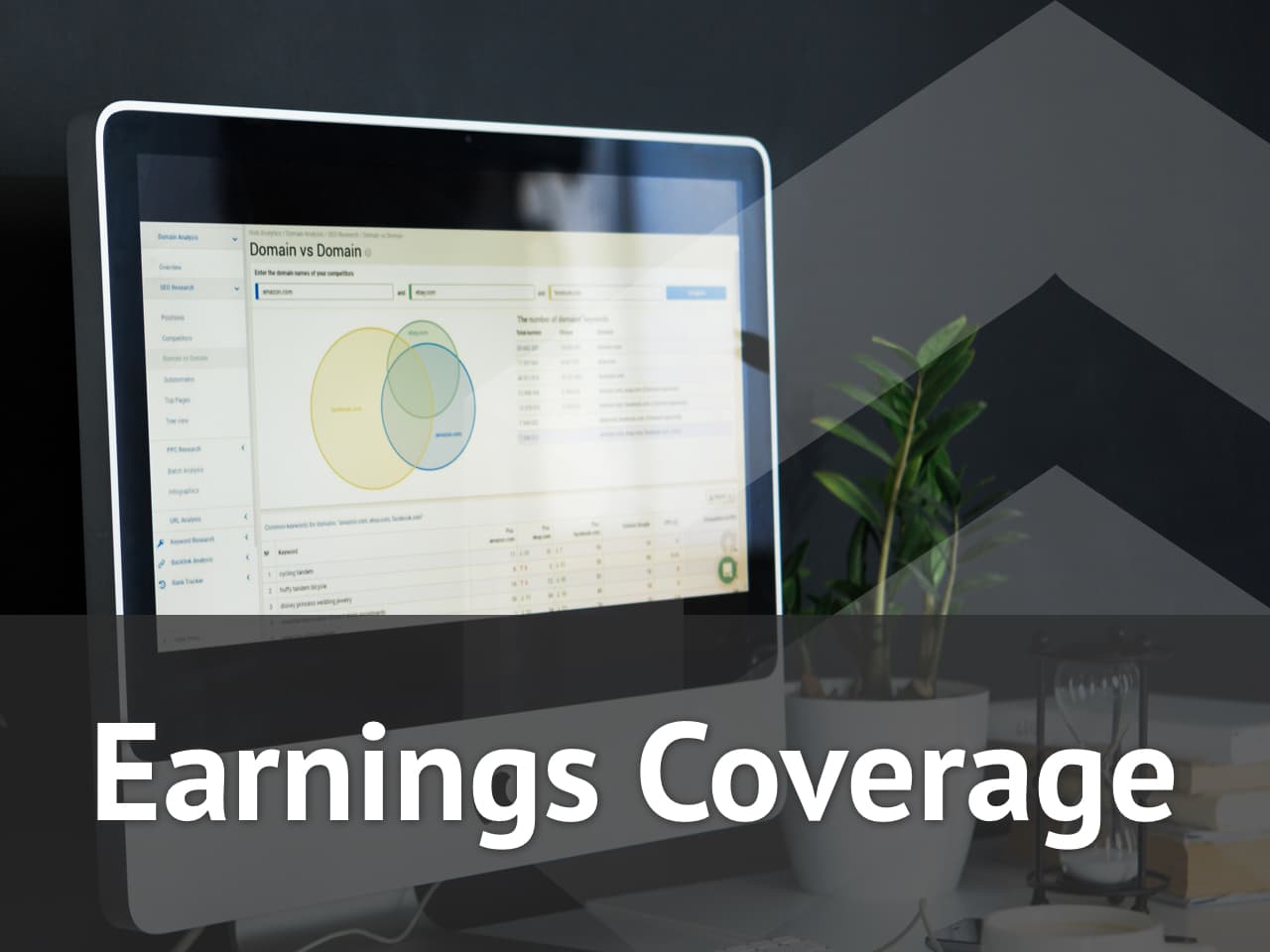The 1% rule is a real estate investment guideline indicating the minimum monthly rent you must charge to break even on a rental property. The rule states that your rent should be at least 1% of your property’s sale price.
While the 1% rule can be a helpful metric for investment properties, it’s meant to be more of a filter than anything. You should take it with a grain of salt, especially when accounting for current home prices.
This post will detail the 1% rule, what it doesn’t account for, and other metrics you should consider.
How the 1% Rule Works
The 1% rule helps you calculate how much rent you should charge a tenant. The rule accounts for the property’s purchase price plus the cost of necessary repairs. For example, if you purchase a home for $230,000, then spend $20,000 on repairs, you should charge your tenants $2,500 monthly if you follow the 1% rule. If your property is duplex, you’d instead charge $1,250 per tenant.
The guideline can give you a basic idea of whether or not a property is worth investing in. If your mortgage payment is going to be greater than what you’re charging in rent, then, in theory, it’s probably not an ideal investment.
What the 1% Rule Doesn’t Account For
If the 1% guideline was your only necessary calculation, you’d make your money back in 100 months or 8.33 years. However, real estate investing is far more complex than that. Here’s a list of just some of the things that aren’t factored into the 1% rule:
- Mortgage interest rates
- Homeowner’s Association (HOA) fees
- Insurance premiums
- Property taxes
- Property management fees
- Ongoing property maintenance and repairs
- Atypical markets, such as San Francisco, New York, and other large cities
- Utilities
- Legal fees
- Additional income from rent, laundry, storage, etc.
- Marketing
- Vacancy periods
- Cash reserves
- Appreciation
- Depreciation
- The real estate market (in general)
- Rent increase per year
- Expense growth per year
Dave Meyer pointed out that the 1% rule is an outdated suggestion created in a different market. While it was a great metric to use shortly after the financial crisis, it’s not as helpful today. If you’re basing your investment strategy solely on the 1% rule, you’ll miss out on many potentially great investments with rent-to-price ratios below 1%.
Alternatives To The 1% Rule
Many investors analyze dozens—if not hundreds—of deals before investing in any single one. In their initial research stage, investors try to quickly disqualify properties that don’t meet certain thresholds before getting into the nitty gritty.
While you’ll never know exactly how much you’ll make on an investment, a few other calculations you can make will help you narrow your search when determining what you invest in.
Cash flow
Focusing on an immediate return may make your monthly cash flow a better metric.
Cash flow calculates your gross monthly cash flow minus your total operating expenses. Typically, “good” cash flow is when you net $100-$200 per unit monthly. However, that all depends on how much your initial investment is. If you’re making $200 monthly on a $100,000 investment, that’s not an attractive return. However, if you’re making $200 monthly on a $10,000 investment, that’s a 2% monthly return.
Here’s how to calculate cash flow:
| Gross monthly cash flow (including rent and additional income, such as parking, pet fees, etc.) | $2,000 |
| Operating expenses | |
| Monthly mortgage payment (principal and interest) | $950 |
| Property taxes | $150 |
| Homeowner’s insurance | $50 |
| Property management fees (10% of rental income) | $200 |
| Repair reserves budget (10% of rental income | $200 |
| Vacancy reserves budget (5% of rental income) | $100 |
| Additional expenses (e.g., other insurance, gas/mileage, supplies, etc.) | $100 |
| Net monthly cash flow (or net operating income—NOI for short) | $250 |
Based on these calculations, you will make $250 each month or $3,000 per year, not including any tax benefits. Cash flow can tell you how much you make monthly, but this knowledge only gets you so far.
Cash-on-cash return
Most investors prefer to calculate cash-on-cash returns.
Your cash-on-cash return is how much money you profited in annual pre-tax cash flow divided by how much you initially invested. Cash-on-cash return calculates the percentage of the investment you made back this year in cash flow. It’ll help you determine if that $250 per month you’re making in profit is worth it. Most investors prefer this method of calculating their operating income.
Let’s say you purchased a property for $200,000. You put 20% down ($40,000), paid 2% in closing costs ($4,000), and made another $6,000 in repairs. Altogether, you spent $50,000. If your new annual cash flow is $3,000, then $3,000 / $50,000 = your cash-on-cash return of 6%.
If this property was a duplex and you made $500 monthly instead, your cash-on-cash return would be 12% ($6,000 / $50,000). You’ll want to aim for a cash-on-cash return between 10-12%, preferably closer to 12%, to outpace the S&P 500 and other popular stock market funds.
Keep in mind this is your annual pre-tax cash flow. It doesn’t account for your tax burden or depreciation. Your cash-on-cash return never accounts for the following:
- Equity
- Opportunity costs
- Appreciation
- Risks associated with your investment
- The entire holding period
Internal rate of return (IRR)
IRR determines the potential profitability of your property investment by estimating the entire holding period, compared to cash-on-cash return, which only focuses on the profitability of your initial investment.
If you’re planning on holding onto your investment for a few years, calculating your IRR is probably your best bet (even though many investors prefer the simplicity of solving for cash-on-cash return). Here’s a full breakdown of how to calculate your IRR.
Should You Use the 1% Rule?
The 1% rule was never an actual “rule.” It was a helpful guideline once upon a time, but you can make several more accurate calculations when narrowing the scope of which properties are worth investing in. You’ll likely miss many great investment opportunities if you live and die by the 1% rule. Calculate your cash-on-cash return or IRR instead.
Find an Agent in Minutes
Match with an investor-friendly agent who can help you find, analyze, and close your next deal.
Note By BiggerPockets: These are opinions written by the author and do not necessarily represent the opinions of BiggerPockets.















